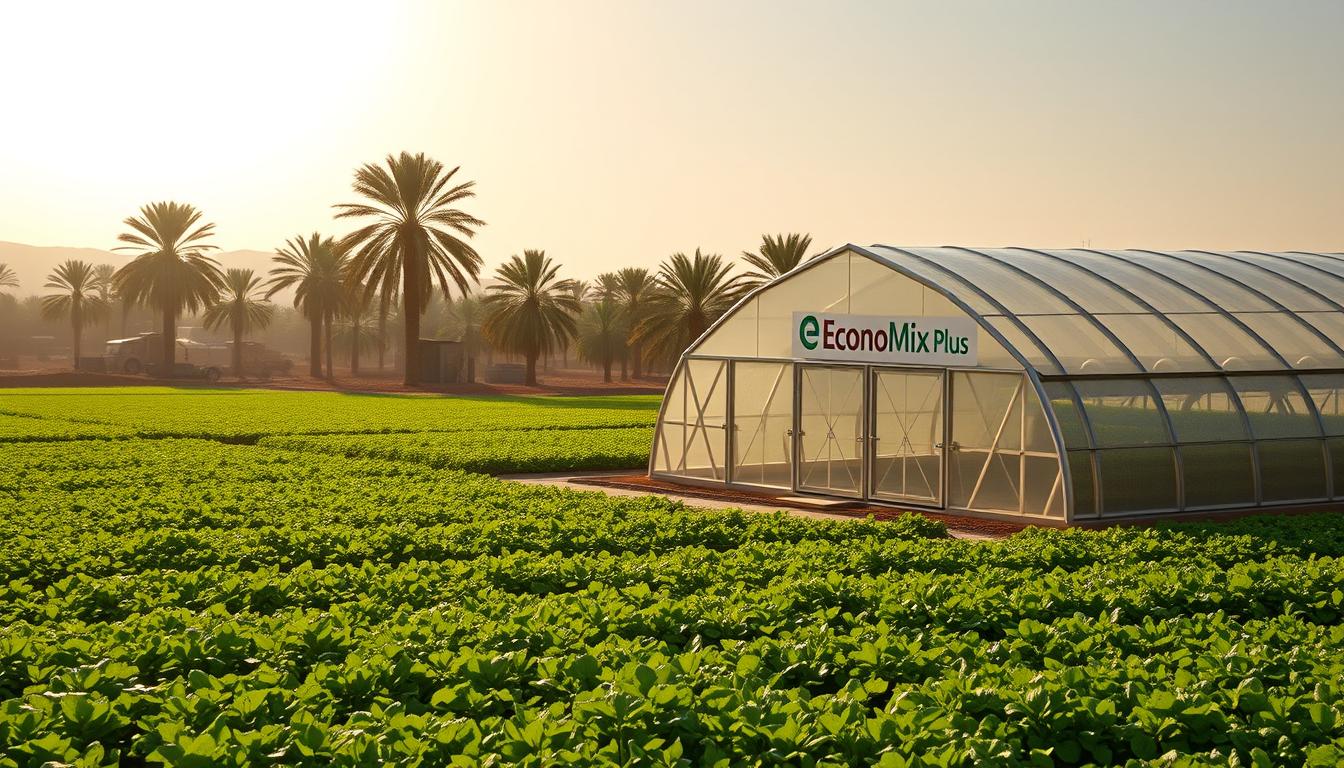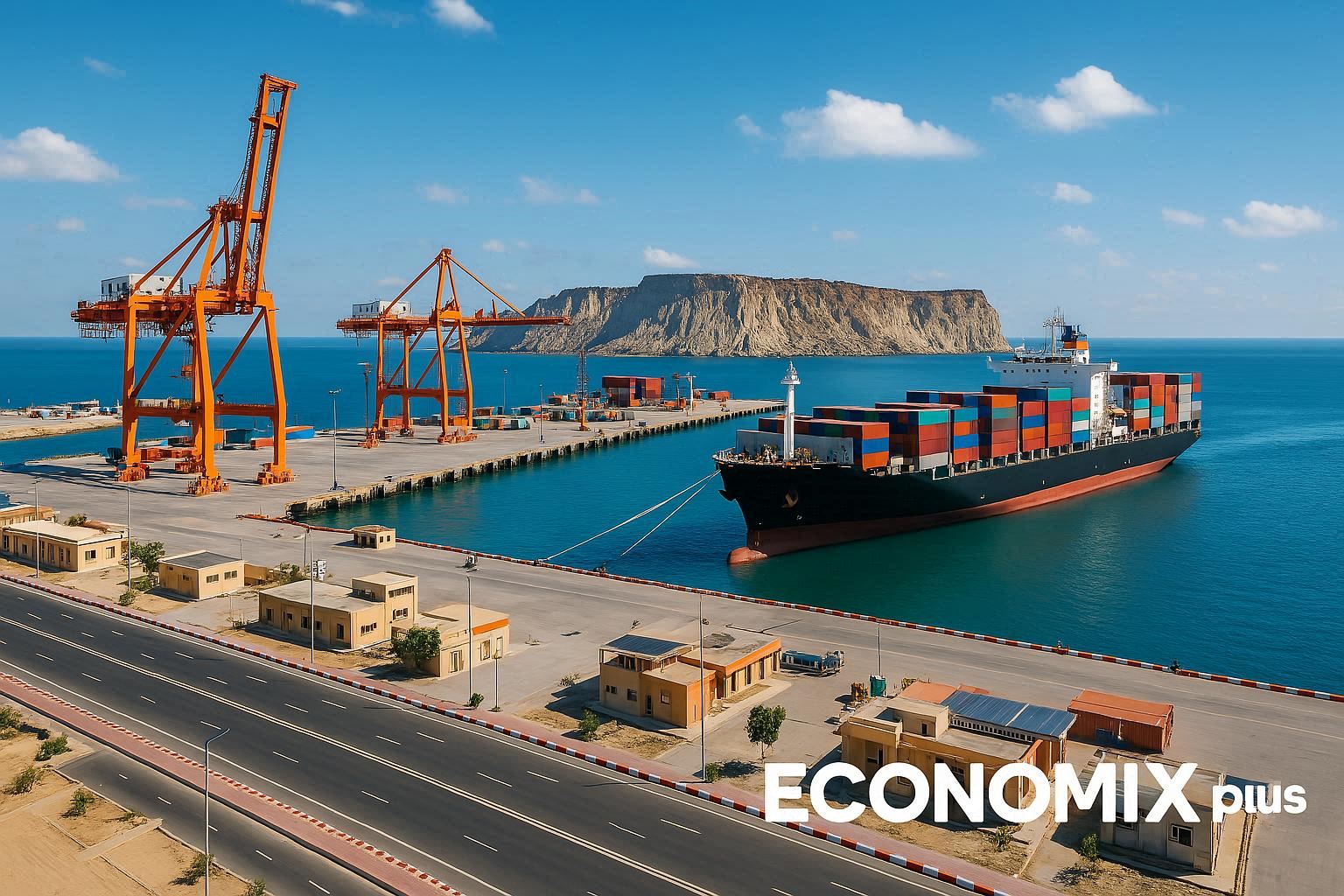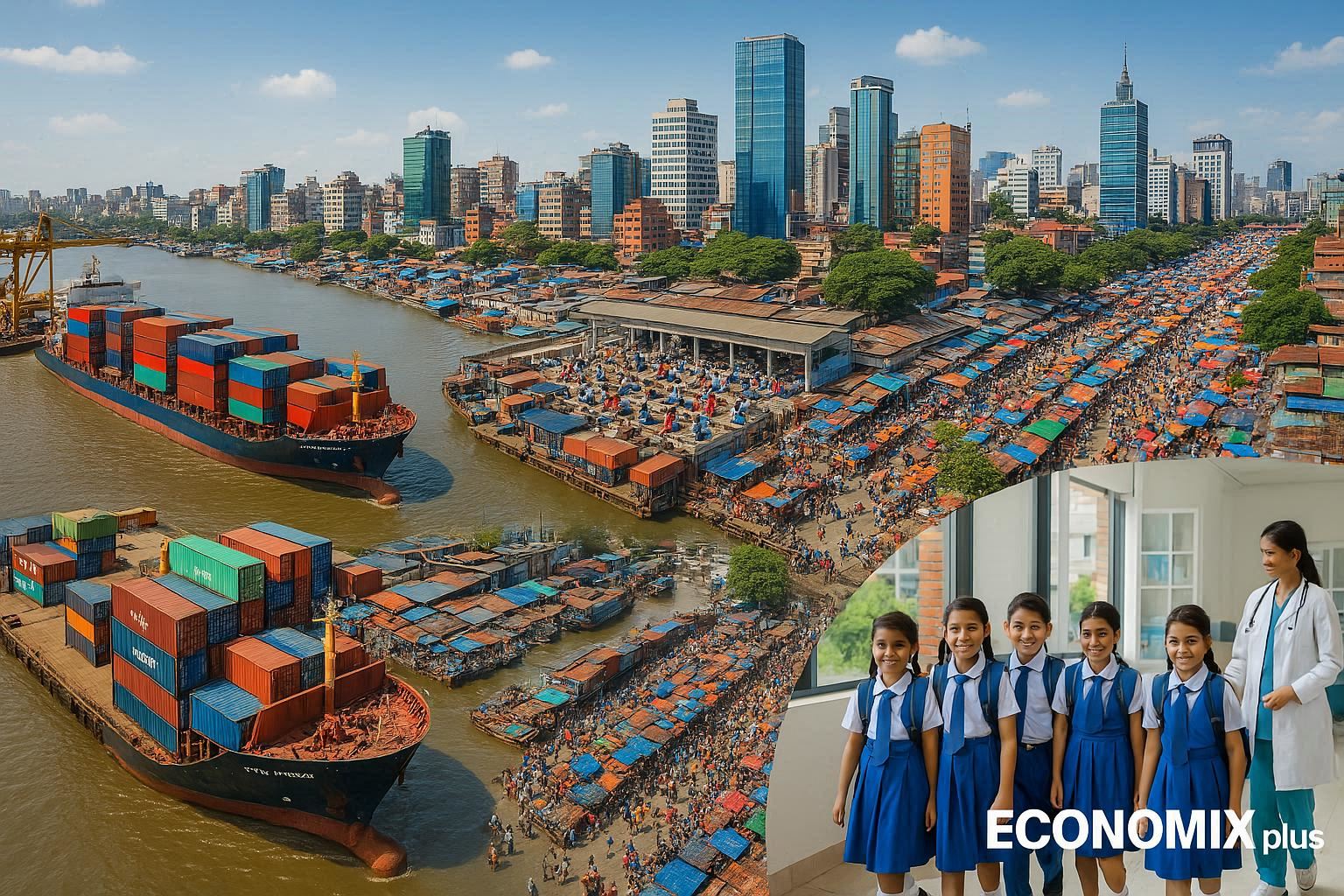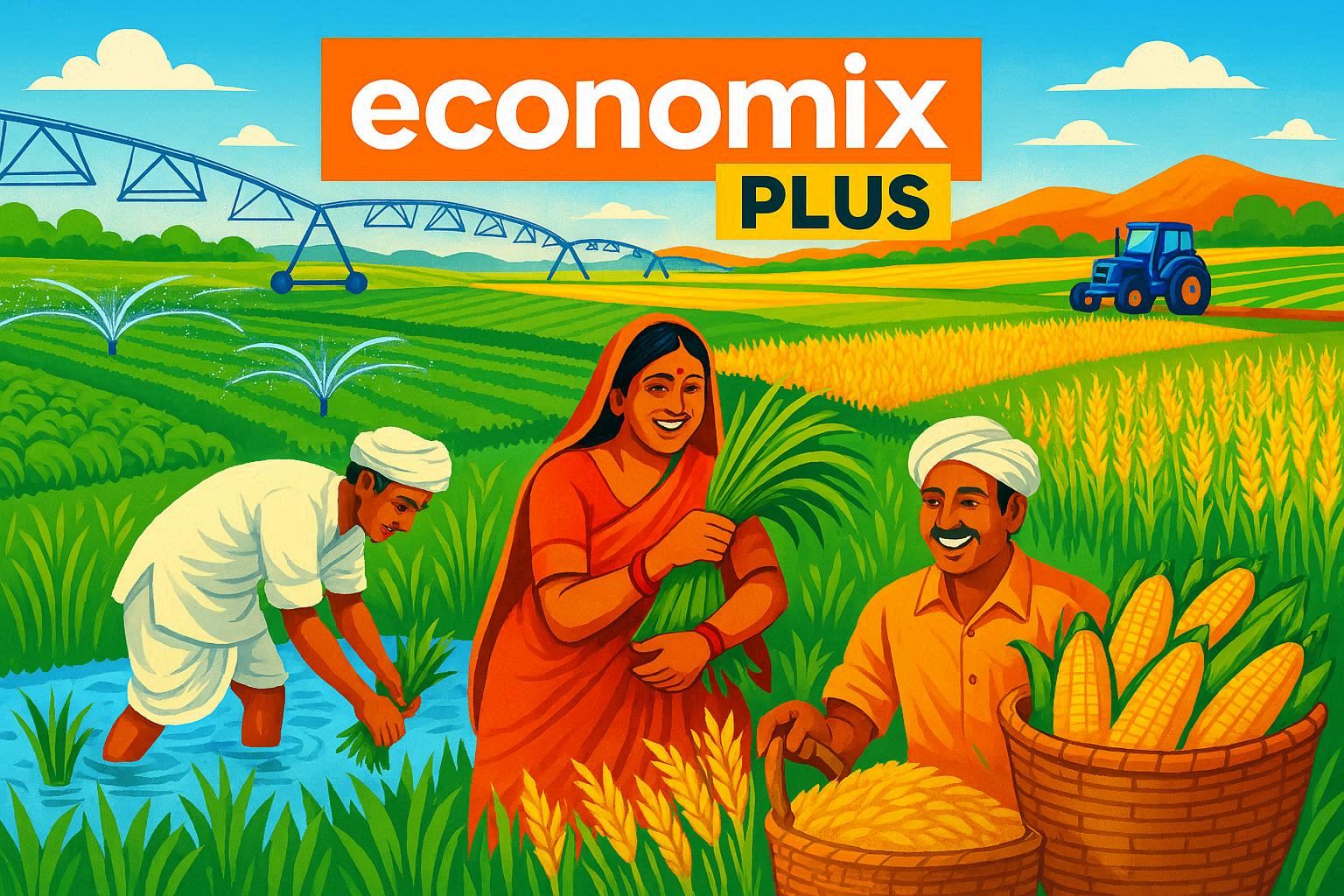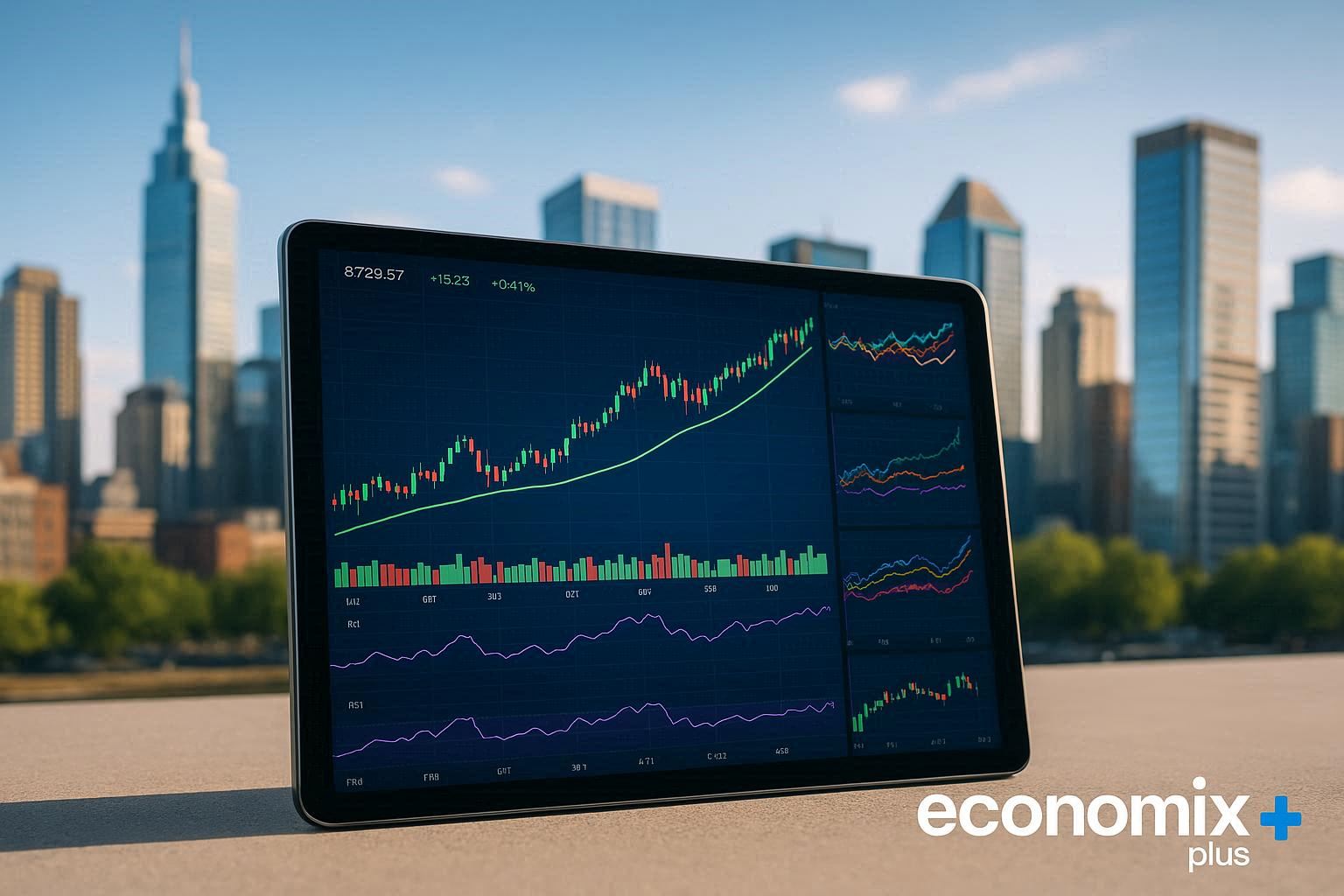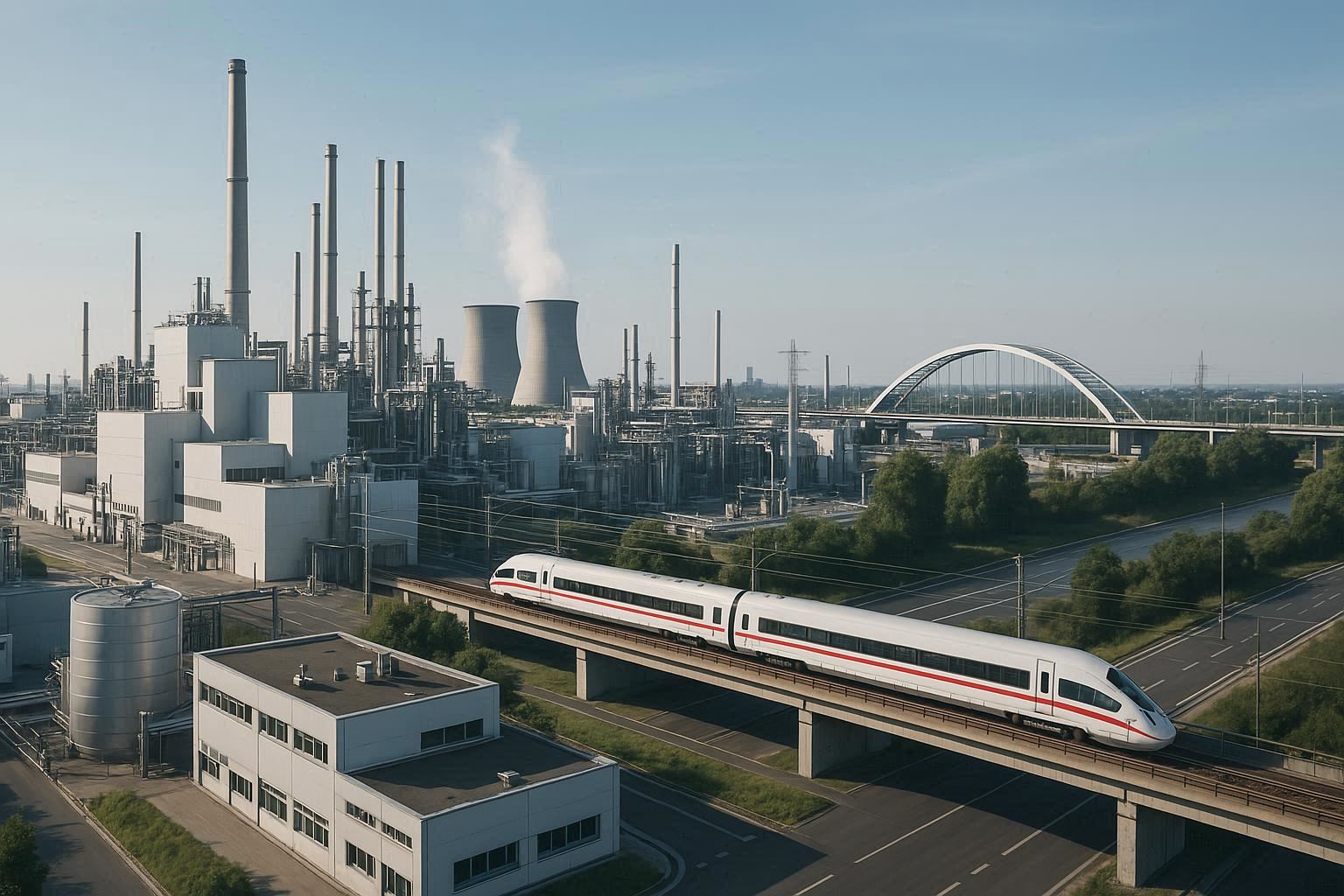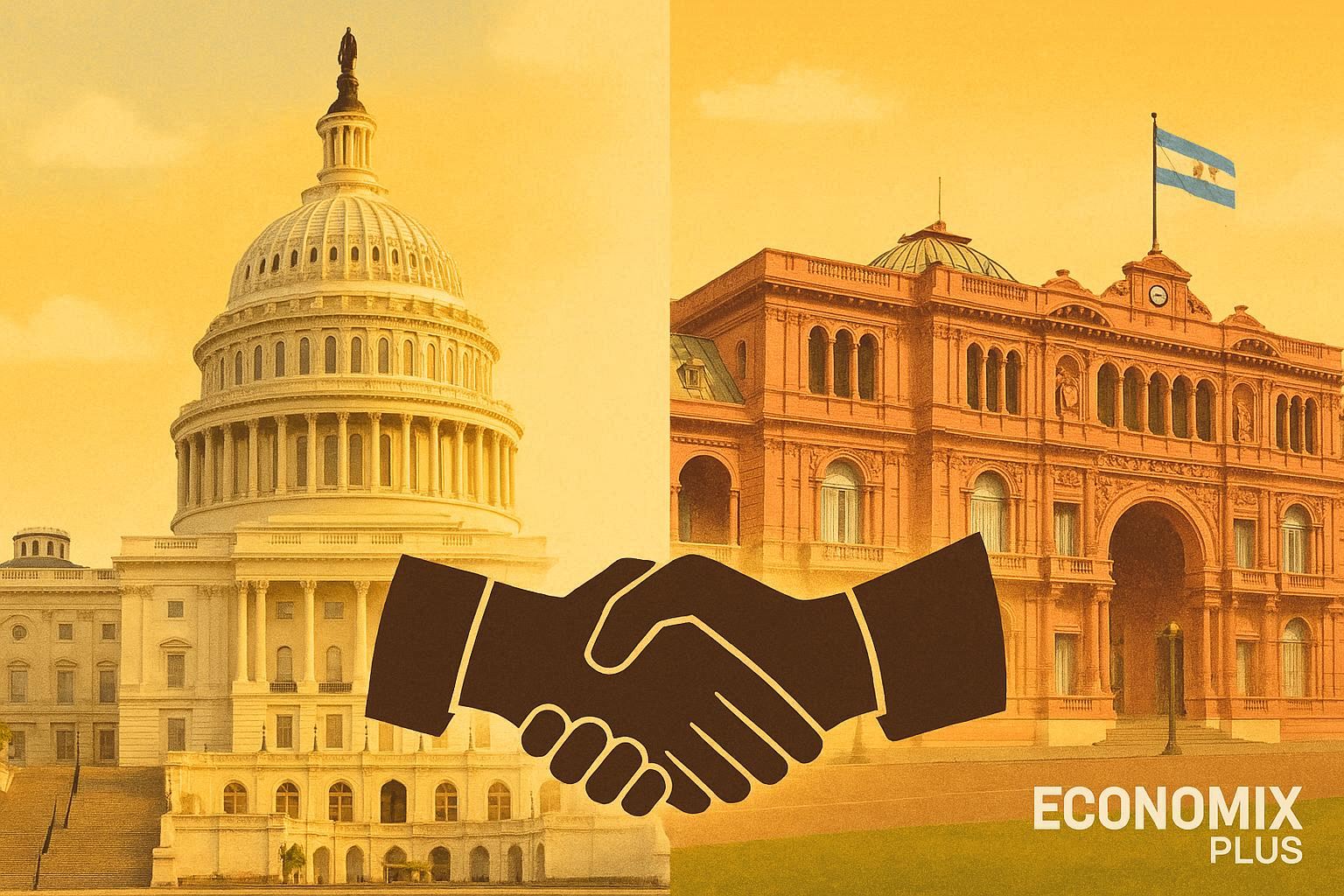What if a region with vast resources still struggles to feed its population? This is the reality for many GCC nations. Despite significant agricultural potential, these countries import 85% of their food, including staples like cereals and meat. This dependency raises questions about food security and sustainability.
The harsh climate in the region limits farming, making it challenging to produce enough locally. Even with investments in technology and infrastructure, domestic production falls short. Events like the COVID-19 pandemic exposed vulnerabilities in global supply chains, further highlighting the risks of over-reliance on imports.
Projects like the UAE’s Jebel Ali port expansion aim to address these challenges by increasing storage capacity. However, the dependence on single exporters, such as India for rice, remains a concern. Balancing agricultural potential with import strategies is crucial for long-term stability.
Key Takeaways
- GCC nations import 85% of their food, including cereals and meat.
- Harsh climates limit domestic farming despite technological investments.
- Supply chain disruptions during COVID-19 exposed vulnerabilities.
- Infrastructure projects like Jebel Ali port expansion aim to improve storage.
- Over-reliance on single exporters poses risks to food security.
Introduction: The Paradox of Agricultural Potential and Import Dependency
The GCC region faces a unique challenge: balancing high food security scores with limited control over its food sources. While these nations rank well on the Global Food Security Index, they control less than 15% of their food supply. This gap highlights a critical vulnerability in the region’s food systems.
Population growth adds to the strain. With a 2.8% annual increase in food demand, import systems are under pressure. Extreme weather conditions, such as temperatures exceeding 50°C and annual rainfall below 250mm, further limit crop yields. These factors make local production a constant struggle.
Saudi Arabia has emerged as a regional hub for food reserves, aiming to stabilize supply chains. Meanwhile, the UAE’s $150 million Jebel Ali agri-terminal project focuses on bulk storage to enhance food security. These initiatives reflect the region’s efforts to address structural challenges.
“Food security is not just about availability; it’s about resilience in the face of global disruptions.”
Despite these steps, the reliance on imports remains a pressing issue. Balancing agricultural potential with strategic import policies is essential for long-term stability in the GCC.
Understanding the GCC’s Food Security Challenges
Food security in the GCC is shaped by harsh climates and global dependencies. The region faces significant obstacles in producing enough food locally, forcing it to rely heavily on imports. This reliance exposes vulnerabilities in the supply chain, especially during global disruptions.
Limited Arable Land and Harsh Climate
Less than 5% of the land in the GCC is suitable for farming. Desertification affects 95% of the region, making agriculture a constant challenge. Extreme temperatures and minimal rainfall further limit crop yields, pushing the region to depend on external sources for its food needs.
High Import Dependency: Statistics and Risks
The GCC imports 85% of its food, including staples like rice and meat. A significant portion of these imports passes through the conflict-prone Strait of Hormuz, posing risks to supply chains. Houthi attacks in Yemen also threaten the Bab al-Mandab shipping route, a critical pathway for food imports.
Local production accounts for only 15% of food supply, far below global averages. This imbalance increases the risk of panic-buying during disruptions, as seen in countries like Indonesia and the Philippines. Diversifying import sources and enhancing local production are essential steps to mitigate these risks.
| Region | Local Food Production (%) | Global Average (%) |
|---|---|---|
| GCC | 15 | 60 |
| Global Average | 60 | 60 |
Why Do Gulf Countries Rely on Imports Despite Having Agricultural Potential
The shift from traditional farming to oil-driven economies reshaped food production in the GCC. Urbanization and labor shifts during the oil boom reduced focus on agriculture, as many individuals moved to cities for better job opportunities in the oil sector. This transition created a dependency on external sources for food supply, leading to vulnerabilities in food security.
As local agricultural practices declined, the region increasingly relied on imports to meet the dietary needs of its growing population, making it susceptible to global market fluctuations and geopolitical tensions. This reliance not only threatens food stability but also undermines the potential for developing a sustainable agricultural sector that could support local economies.
Historical and Economic Factors
In the 20th century, the discovery of oil transformed the region’s economy. Governments prioritized oil exports over farming, leading to a decline in agricultural activity. This shift left the sector underdeveloped and reliant on imports for staples like rice and meat.
Saudi Arabia’s 2021 subsidy reforms highlight this trend. The government reallocated poultry subsidies from feed to finished products. This move aimed to boost value-added outputs but did little to enhance local production capacity.
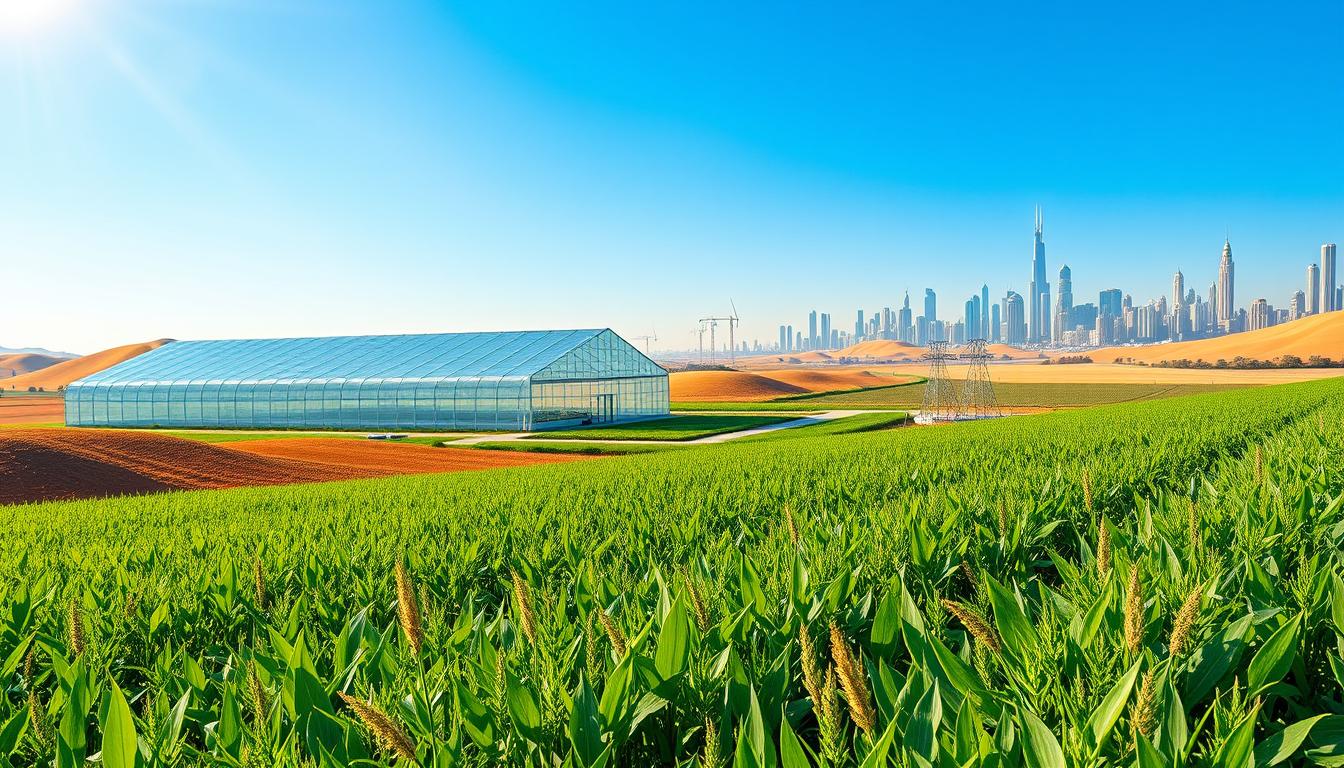
Infrastructure and Technological Gaps
Technological advancements in agriculture lag behind global peers. Research and development in desert farming remain underfunded. This gap limits the potential for innovative solutions to improve crop yields.
The UAE’s vertical farming initiatives contrast sharply with outdated irrigation methods. While vertical farming shows promise, widespread adoption is hindered by high costs and limited infrastructure. Similarly, the delayed GCC Railway project, with its $250 billion cost and missed 2025 deadline, reflects broader challenges in improving supply chains.
| Initiative | Progress | Impact |
|---|---|---|
| UAE Vertical Farming | Ongoing | Limited adoption due to high costs |
| GCC Railway | Delayed | Missed 2025 deadline |
| Saudi Subsidy Reforms | Implemented | Shifted focus to value-added outputs |
Addressing these gaps requires significant investment in technology and infrastructure. Without these improvements, the region’s reliance on imports will persist, leaving it vulnerable to global disruptions.
Strategies to Enhance Food Security in the GCC
Enhancing food security in the GCC requires a mix of innovative strategies and government support. The region is adopting advanced agricultural practices and policy reforms to reduce dependency on imports and boost local production.
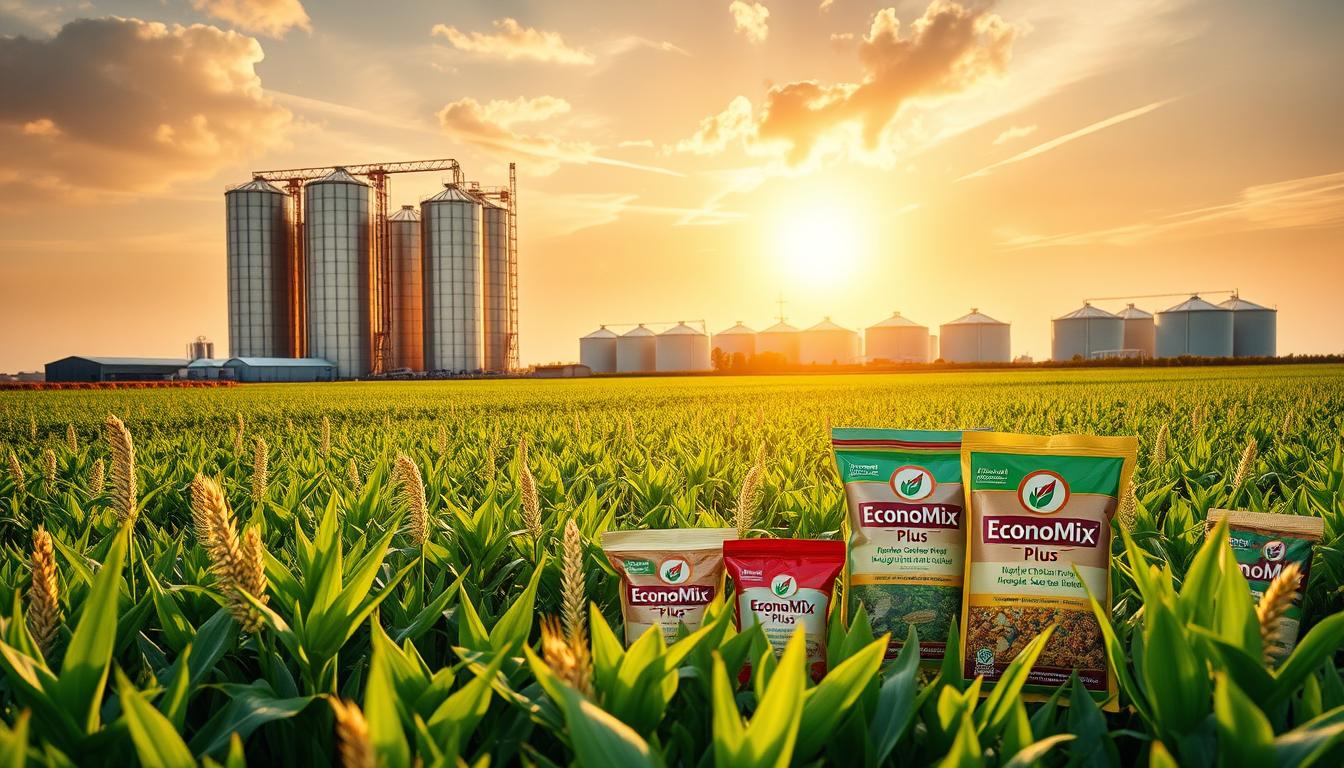
Government Interventions and Subsidies
GCC governments are implementing targeted subsidies to support farmers and stabilize food prices. The UAE’s dual subsidy model is a prime example. It includes input-based subsidies for materials like seeds and fertilizers, as well as output-based subsidies for finished goods. This approach ensures affordability for consumers while encouraging local production.
Saudi Arabia’s subsidy reforms focus on value-added outputs, such as processed poultry. These measures aim to enhance efficiency in the supply chains and reduce waste. Monthly inflation subsidies in the UAE also help citizens cope with rising food prices, ensuring accessibility during economic fluctuations.
Innovative Agricultural Practices
Innovation is driving change in the GCC’s agricultural sector. Saudi Arabia’s NEOM project is pioneering hydroponics to grow crops in desert conditions. This technology maximizes water efficiency and increases yields, offering a sustainable solution for arid regions.
Qatar’s 300,000 MT rice silos serve as a model for the region. Replicating this infrastructure across the GCC could enhance storage capacity and reduce reliance on external sources. Additionally, the Saudi-Japanese SATREPS initiative explores seawater farming, a groundbreaking approach to utilizing saline water for agriculture.
Oman’s Arabian Sea ports are emerging as alternative gateways for imports, diversifying supply routes and reducing risks. These efforts, combined with technological advancements, are paving the way for a more resilient food system in the GCC.
Strengthening Supply Chains and Import Stability
Efficient supply chains are the backbone of food security in any region. For the GCC, modernizing trade processes and adopting advanced technologies are critical steps toward reducing risks and ensuring stability. By leveraging digital tools and streamlining operations, the region can better manage its imports and enhance food security.
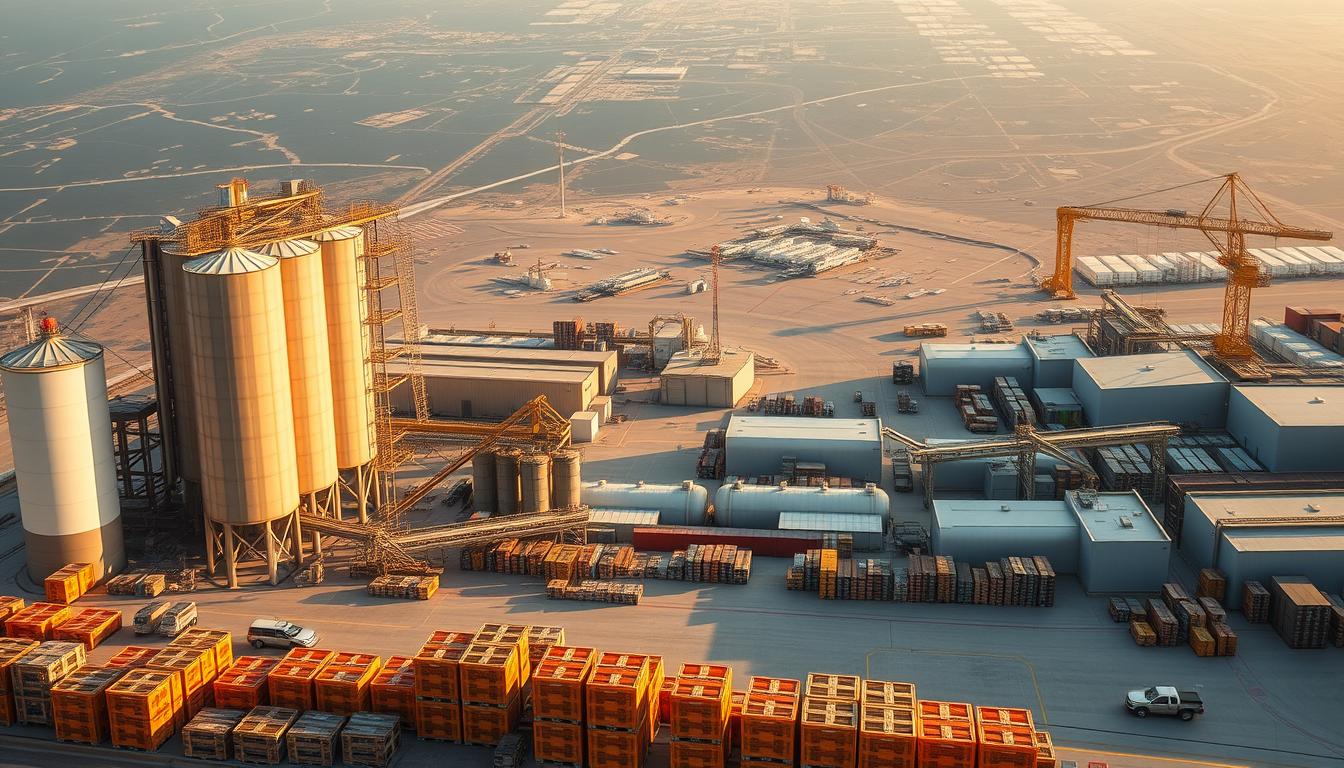
Digital Transformation and E-Markets
The GCC is embracing digital transformation to improve its supply chains. DP World’s e-certificates have reduced UAE import clearance times by 70%, showcasing the potential of technology. AI-driven customs checks at Jebel Ali further demonstrate how innovation can enhance efficiency.
Adopting blockchain for real-time shipment tracking across the GCC could revolutionize trade. This technology ensures transparency and reduces delays, making it a game-changer for the region’s food security.
Streamlining Import Processes
Streamlining import processes is essential for reducing dependency on external sources. The UAE’s success with AI-driven customs checks highlights the benefits of automation. Replicating South Korea’s public-private grain reserves model could further stabilize the region’s food supply.
Fast-tracking the GCC Railway project is another priority. Connecting Red Sea ports would diversify trade routes and reduce risks. Additionally, forming ASEAN-style halal certification alliances with Malaysia and Indonesia could enhance trade partnerships.
These strategies, combined with technological advancements, can strengthen the GCC’s supply chains and ensure long-term food security.
Future Prospects: Building Resilience Against Shocks
Building resilience against global shocks is critical for the GCC’s long-term food security. The region must adopt proactive strategies to mitigate risks and ensure a stable supply of essential commodities. This involves investing in strategic reserves and diversifying sources of imports. By establishing robust mechanisms for monitoring global market trends and potential disruptions, the GCC can better prepare for unforeseen events that may threaten food availability.
Moreover, fostering partnerships with multiple countries can enhance supply chain reliability and reduce vulnerability to geopolitical tensions or natural disasters. It is essential for the GCC to not only stockpile essential goods but also to engage in forward-thinking agreements that secure access to these commodities, ensuring that the region remains resilient in the face of global uncertainties.
Investing in Strategic Food Reserves
Strategic food reserves act as a buffer during disruptions. The GCC can learn from Qatar’s 300,000 MT rice silos, which ensure a steady supply during crises. Expanding such infrastructure across the region would enhance food security.
Brazil’s 2024 record soybean harvest offers an opportunity. Partnering with Brazil can stabilize pricing and reduce dependency on single sources. DP World’s investments in the Santos port could triple trade between the GCC and Brazil, creating a more resilient supply chain.
Diversifying Import Sources
Over-reliance on specific sources poses risks. Thailand and Vietnam can replace 80% of India’s banned rice exports to the GCC. Establishing ASEAN-GCC free trade agreements would bypass export bans and ensure uninterrupted supply.
GCC equity stakes in Thai rice farms, supported by BOI tax incentives, could further secure commodities. Additionally, reducing dependence on Suez Canal routes amid Red Sea conflicts is essential. Diversifying trade routes minimizes risks and strengthens food security.
- Advocate tripling GCC-Brazil trade via DP World’s Santos port investments.
- Propose ASEAN-GCC free trade agreements to bypass Indian export bans.
- Urge GCC equity stakes in Thai rice farms via BOI tax incentives.
- Highlight Brazil’s 2024 record soybean harvest as a pricing stabilizer.
- Warn against over-reliance on Suez Canal routes amid Red Sea conflicts.
Conclusion: The Path Forward for GCC Food Security
The future of food security in the GCC countries hinges on innovative solutions and strategic partnerships. Governments must prioritize production advancements and diversify supply chains to reduce dependency on imports. The 2025 ASEAN-GCC Summit in Malaysia offers a platform to standardize halal certifications, enhancing trade efficiency.
Crisis simulation drills, like those using UAE’s NEOM tech, can prepare the region for disruptions. Saudi’s 2030 plan to attract agri-tech FDI and partnerships with Brazil can hedge against Asian supply risks. Investing in R&D for drought-resistant crops, supported by KAUST, ensures long-term resilience.
The ASEAN-GCC Free Trade Agreement (FTA) serves as a blueprint for import diversification. By adopting these strategies, the GCC can build a sustainable and secure food system for the future.
